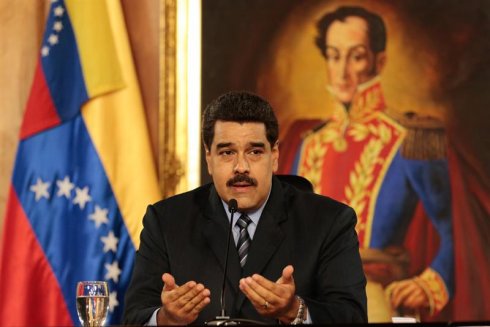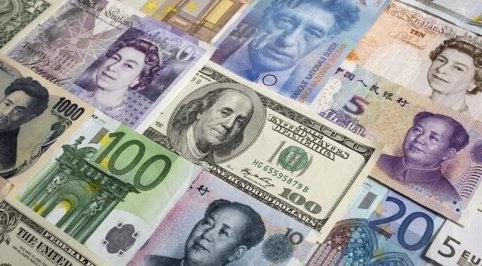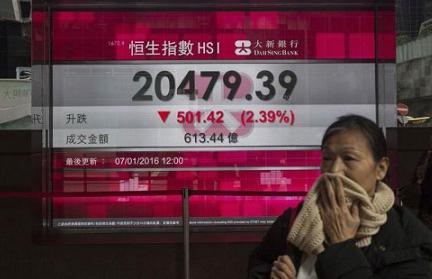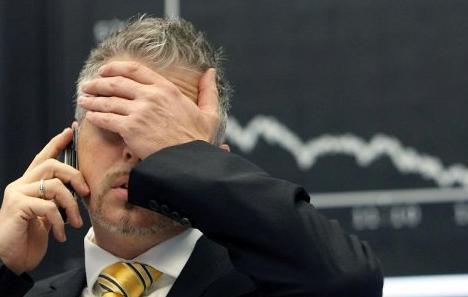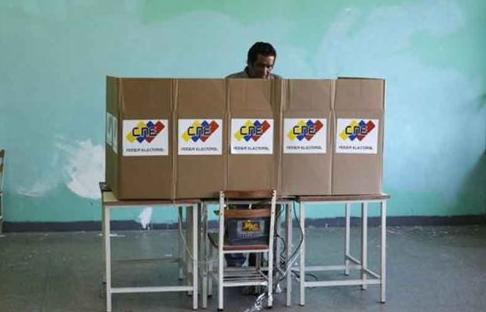VI Conference of the Trotskyist Faction – Fourth International
The first year of the crisis
26/08/2009
We dedicated the first section of the conference to a careful analysis of the situation of and perspectives for the global economy, with one year having passed since the collapse of Lehman Brothers. Our first observation was that, during this period, the fall in global commerce, in GDP and in the values of global stock markets was of a similar magnitude as during the first year of the Great Depression. This confirms our characterization that we are witnessing a historic crisis of global capitalism.
We also observed that we have seen the first symptoms of recovery in France and Germany, and also, in these last few days, of the Japanese economy. Generally speaking, we could say that, if the economy is not doing as badly as in previous months, this is due to the extraordinary extent of state aid, without precedent in times of peace. To give an idea of what we are talking about, for the US economy, this means an injection of cash equivalent to 11% of GDP. This explains the best results of the second quarter of 2009. But are these measures sustainable over time? And in the case of a recuperation of the economy, what form would it take?
Evidently, the level of state spending in the US cannot be sustained over time without serious consequences for the value of the dollar. The enormous fiscal deficit could generate doubts over the viability of government bonds and the dollar and lead to an outflow of capital from the US, while at the same time a possible depreciation of the dollar could lead to a new abrupt fall in the global economy.
At the same time, all the structural factors which led to the crisis, including the real economy and the financial and banking system, have not changed substantially. We will list some: a) Various industrial corporations have brutally diminished their labor costs with redundancies or cutting back of hours, which has permitted them to improve their accounts, but they have not increased their sales overall; b) Foreclosures on mortgages will keep increasing, which will prevent a halt in the fall of property prices, an essential element in order that the real estate sector could begin to recover; c) Ever greater increases in levels of unemployment, and not of subprime loans, explains the inability to pay for homes.
Regarding the banking system, to a great extent it continues suffering a process of decapitalization. Recent, apparently positive, results should not lead us to hold illusions: the presentation of accounts has become more permissible, the accounts are improved by exceptional sales of assets and the fundamental basis for these profits is income obtained due to the reactivation of the stock markets. We can add to this that the banks are taking advantage of state’s and businesses need for finance, for which they are having to pay ever higher premiums and interest rates. However, they keep building up new credits which they will not be able to charge for and they have not rid themselves of toxic assets, so therefore we should not be surprised that so far this year the banking bankruptcies in the US have accelerated (77 in all), including that of Colonial Bank,, the most spectacular since the fall of Washington Mutual (bought by JP Morgan Chase in 2008), and one of the 20 most important since 1980. Not to speak of the new losses reported by insurance giants like AIG or Fannie Mae in the mortgage sector.
This situation is combined with the weakness of leadership of Obama, which is being proved with fiasco over health reform, which could put an end to the illusion that he is an effective leader. His policy towards the banking system, essential for the recuperation of the economy, s designed completely by Wall Street via Secretary of the Treasury Tim Geithner and National Economics counselor of the White House, Larry Summers, who Obama has given a blank cheque.
In conclusion, the persistence of the factors of structural crisis shows that there can be new fall of the economy in any moment and that, in the best case scenario, any recuperation will be weak and fragile. There is no possibility of the global economy returning to the old status quo – characterized by a fall in household saving and over-indebtedness, among other factors -, but until now, nothing new has emerged from the crisis, despite its wide scope and violence.
The economic crisis, interstate relations and posible strategic scenarios
The conference also discussed relations between status and the scenarios which begin to present themselves, in a context in which, due to the crisis, the predominance of the US in the global economic system is being questioned. The sharpening of the crisis of North American hegemony which this represents, after the debacle of Iraq and the strong convulsions in the global arena where economic instability will worsen the increasing geopolitical tensions which existed before the crisis like for example between Russia and the US, which was behind the military conflict in Georgia.
These elements, together with a rise in the class struggle as a by-product of the crisis, make very relevant the Marxist definition of the imperialist epoch as an epoch of crises, wars and revolutions. We are already seeing some small signals: the coup d’etat in Honduras; the semi-insurrectional general strike in Guadalupe; the slow reawakening of the industrial proletariat, which despite suffering initial defeats is reclaiming radical methods like in the case of the French workers, the heroic 77 day occupation of the automobile plant Ssangyong in South Korea, or the workers awakening in Venezuela and Argentina (more extensive but as of yet not very radicalized). Other elements which show the convulsive character of the situation are the tensions between Colombia and Venezuela, the new threats by Russia in Georgia and the alliance between Moscow and the Iranian regime, the former of which could provide the latter with sophisticated arms in order to counter the aggressive plans of the US in its sphere of influence.
One of our debates put forward was against the pacifist, social-democratic or centre-left visions, which suppose that we are advancing towards a multipolar world order, after decades of US hegemony, which they see underway in the G20 Conferences or in the meetings of the BRIC states. These reassuring visions are completely utopian. Behind this charade the most aggressive tendencies of the different imperialist powers begin to shows themselves. On the one hand, we are seeing a tendency towards the concentration of German capital in Eastern Europe, with the former maintaining good relations with Russia. This increasing autonomy of German imperialism with respect to the United States is a new factor with regards to the postwar world, and something that the United States is trying to suffocate. In this sense, the continuity of an aggressive policy towards Russia by the Obama administration – expressed, for example, in the intent to install an anti-missile shield in Poland – seeks to destabilize this potential German ally. However this does not mean that the US and Germany are yet on course for an open clash in the region.
The other face of the aggressive US policy against Russia, and via this against German imperialism is the courting by the North Americans of China and the restaurationist bureaucracy of Bejing, with which it has initiated a “strategic dialogue”. This policy, which began during the Bush presidency, has a double objective: a defensive one to avoid China aligning itself in an Asiatic bloc with Russia, and an offensive one, which is to find a way to advance in the transformation of China in a semi-colony, liquidating the margins of autonomy which the Chinese state has enjoyed in the last few years and subordinating it to US interests, with the objective of finding, perhaps, a new breath of life for capitalism. This ambitious strategic objective of US imperialism means that the next few years will be plagued confrontations and sharp class struggle.
The perspectives for China
Very different from the view of those who see China as power on the rise, the truth is that its dependent economy facer serious problems, with the end of the economic cycle in which the US acted as the underlying consumer of the global economy and in particular of Chinese surplus production. This fact obliges China to drastically reduce its productive capabilities and carry out a series of measures like the liberalization of the services sector, a profound reform of its financial system, and an opening up of opportunities for capitalist profits in the countryside where 900 million people still live thanks to a subsistence economy (and the income sent by migrants from the city), in a context in which the trade in land is still not permitted.
If on the other hand China decides to maintain its productive capacities and keep exporting its surplus, it risks a trade war not only in the Far East but also with the US and Europe. Also, no semicolonial economy, towards which Chinese commodities are increasingly being destined, can replace the US market, however important it may be.
The US seeks to diminish the rythm of contraction of demand via fiscal expansion, but the huge fiscal deficit obliges it to seek new markets and forms of dynamism. This leads to a redoubling of pressure on China to abandon its current model of export-led development, which implies not only a need to break with the interests created by this strong internal sector, but also that the restorationist bureaucracy accept the implementation of measures which would mean a jump in unemployment, putting at risk the regime’s stability. This destiny which the US has in mind for China, a kind of “latinamericanization”, may wake the millions of Chinese workers and peasants to struggle, turning the country into an epicenter for the global class struggle.
